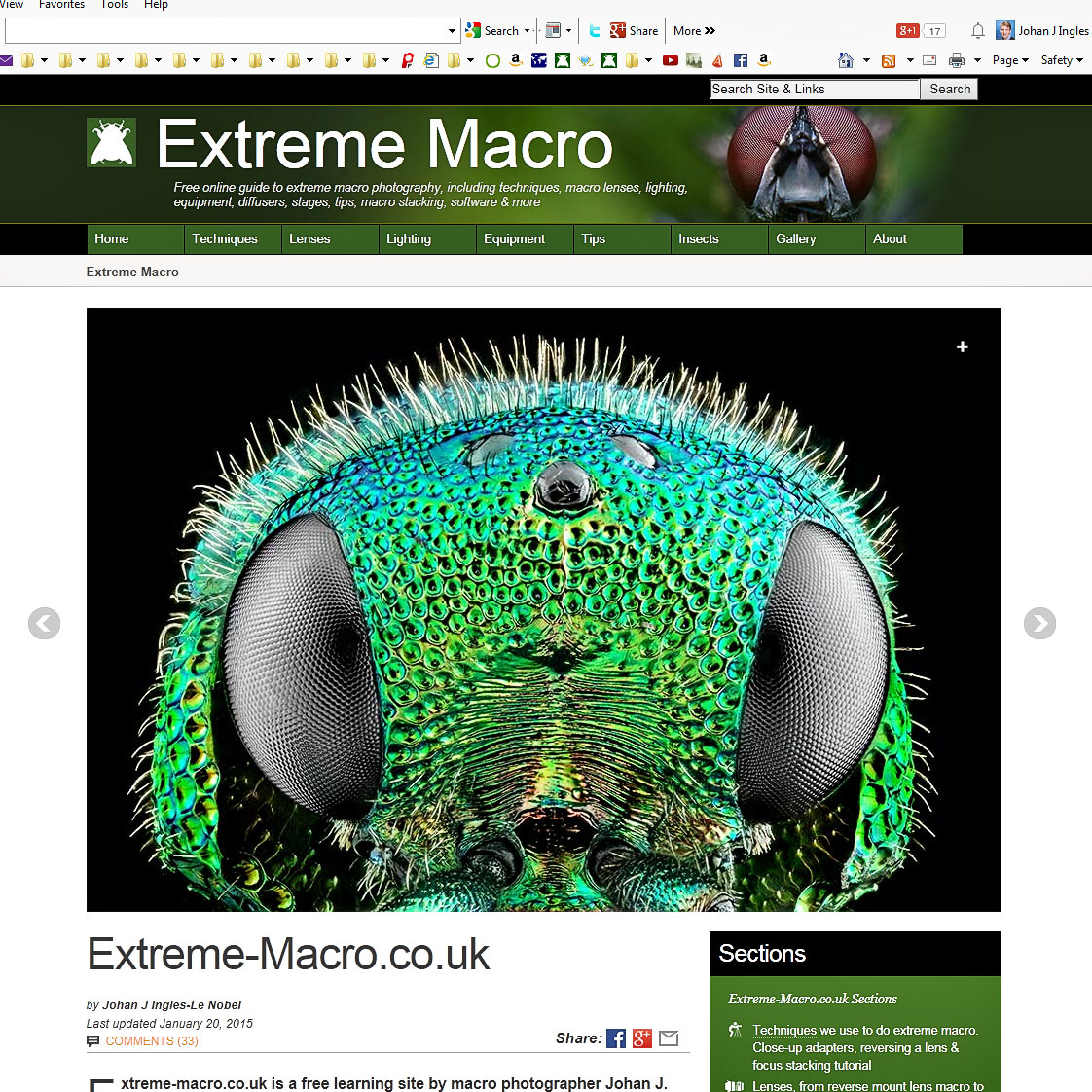holyindian
Well-known member
Hi all,
I am inclined towards macro shooting, and hence i brought myself a Tamron 90mm f2.8 VC Macro lens. Now after two days with this lens in the field, i realize that i am ending up taking close up photos of flowers/orchids but not extreme closeup. Either i am not able to get too close to the flowers and focus manually, (always remains blur), and if i try to adjust the focus the images turn out to be like a close up image of a flower. Neither the pollens are visible neither the close up of the flowers... same goes with bees and dragon fly's.
I see people taking extreme pictures of a dragon fly's eyes, and various other insects.. how do you manage it? Do i need to use extension tubes to get these kinds of images, or invert my 90mm lens and use the other way?
Do people usually corp pictures to get these kinds of magnified results?
I am inclined towards macro shooting, and hence i brought myself a Tamron 90mm f2.8 VC Macro lens. Now after two days with this lens in the field, i realize that i am ending up taking close up photos of flowers/orchids but not extreme closeup. Either i am not able to get too close to the flowers and focus manually, (always remains blur), and if i try to adjust the focus the images turn out to be like a close up image of a flower. Neither the pollens are visible neither the close up of the flowers... same goes with bees and dragon fly's.
I see people taking extreme pictures of a dragon fly's eyes, and various other insects.. how do you manage it? Do i need to use extension tubes to get these kinds of images, or invert my 90mm lens and use the other way?
Do people usually corp pictures to get these kinds of magnified results?


